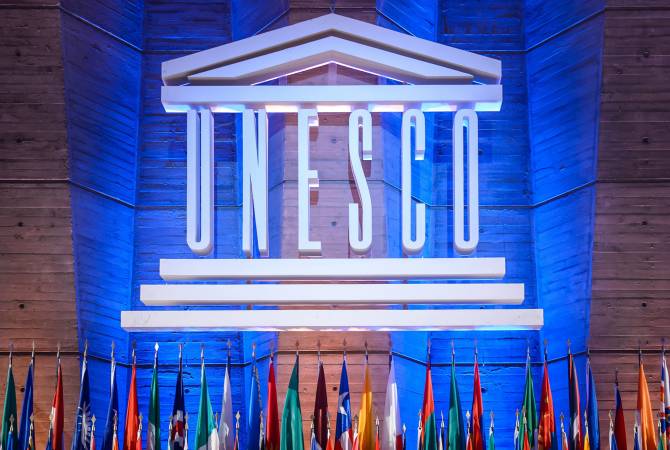
Center for Art Law: UNESCO is complicit in Azerbaijan’s cultural destruction of Armenian cultural heritage
Brooklyn-based Center for Art Law nonprofit organization referred to the issue of Armenian cultural heritage in Artsakh, noting that Armenians lived in the region for centuries. Considering Azerbaijan’s policies of erasure of countless churches, cemeteries, and other historically and culturally important constructions and artifacts, Armenia has turned to the International Court of Justice (ICJ) for relief through the Convention on the Elimination of All Forms of Racial Discrimination (CERD)
In this precedential case, the ICJ issued a provisional measure binding Azerbaijan to cease its destruction of Armenian tangible cultural heritage. Though Armenia v. Azerbaijan is still pending before the ICJ (a public hearing was held in April of 2024), a judgment in Armenia’s favor could finally hold Azerbaijan accountable and carve a legal framework of relief for other marginalized groups facing state policies of cultural erasure.
In September 2023, after enforcing an illegal nine-month blockade and military offensive against Artsakh, Azerbaijan military attacked Artsakh and succeeded in expelling its ethnic Armenian population, creating over 120,000 refugees and eradicating the Armenian presence that had existed there for at least two thousand years. Regarding Azerbaijan’s treatment of Armenian cultural heritage in Artsakh, thus far it has shelled the Holy Savior Ghazanchetsots Cathedral; destroyed churches including Zoravor Surb Astvatsatsin, St. Sargis, and St. Hovhannes; damaged museums; leveled the village of Karintak; desecrated and demolished khachkars (carved Armenian cross-stones); and razed cemeteries. Azerbaijan has additionally systematically erased distinctly Armenian elements, including inscriptions and symbols, from Armenian monuments through purported “restoration”
The threatened heritage includes an estimated 500 historical sites and 6,000 monuments—including the first Armenian-written-language school, the monastic complex of Dadivank, the 13th-century monastery Gandzasar, the Hellenistic city-ruins of Tigranakert, countless other churches and khachkars, and innumerable cultural objects that have informed Armenian cultural traditions for centuries.
The United Nations Educational, Scientific and Cultural Organization (UNESCO) has been unable to safeguard Armenian cultural heritage in Artsakh or Azerbaijan; its treaties do not penalize states for destroying cultural heritage. Of UNESCO’s cultural heritage treaties, some apply only during armed conflict (e.g., the 1954 Hague Convention and its Second Protocol), and fail to protect Armenian heritage during peacetime. However, Azerbaijan executed some of its most egregious policies of cultural destruction during a time of supposed “peace” when it almost completely eradicated the Armenian cultural heritage in Nakhijevan. UNESCO was additionally ineffectual when it proposed a mission in Artsakh to monitor the status of Armenian cultural sites after Azerbaijan’s initial military offensive in late 2020; however, Azerbaijan’s objection barred UNESCO’s Second Protocol Committee from conducting any fact-finding in the region.
The only consequences UNESCO can exercise against a state are to condemn the state’s actions publicly, to remove the state’s cultural heritage from UNESCO’s World Heritage List and to cease to provide the state with financial or technical assistance. However, the latter consequence incorrectly presupposes that Azerbaijan has an interest in allocating resources to preserving Armenian cultural heritage.
It would appear that UNESCO has contributed to Azerbaijan’s artwashing by hosting the 2013 exhibit Azerbaijan – A Land of Tolerance at its Paris headquarters, naming Azerbaijan’s Vice President and First Lady, Mehriban Aliyeva, a Goodwill Ambassador.
In the opinion of the authors, UNESCO is a biased actor complicit in Azerbaijan’s cultural destruction.


